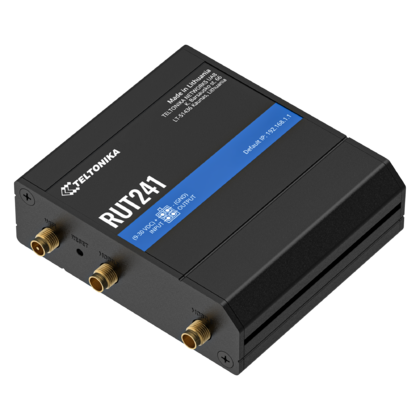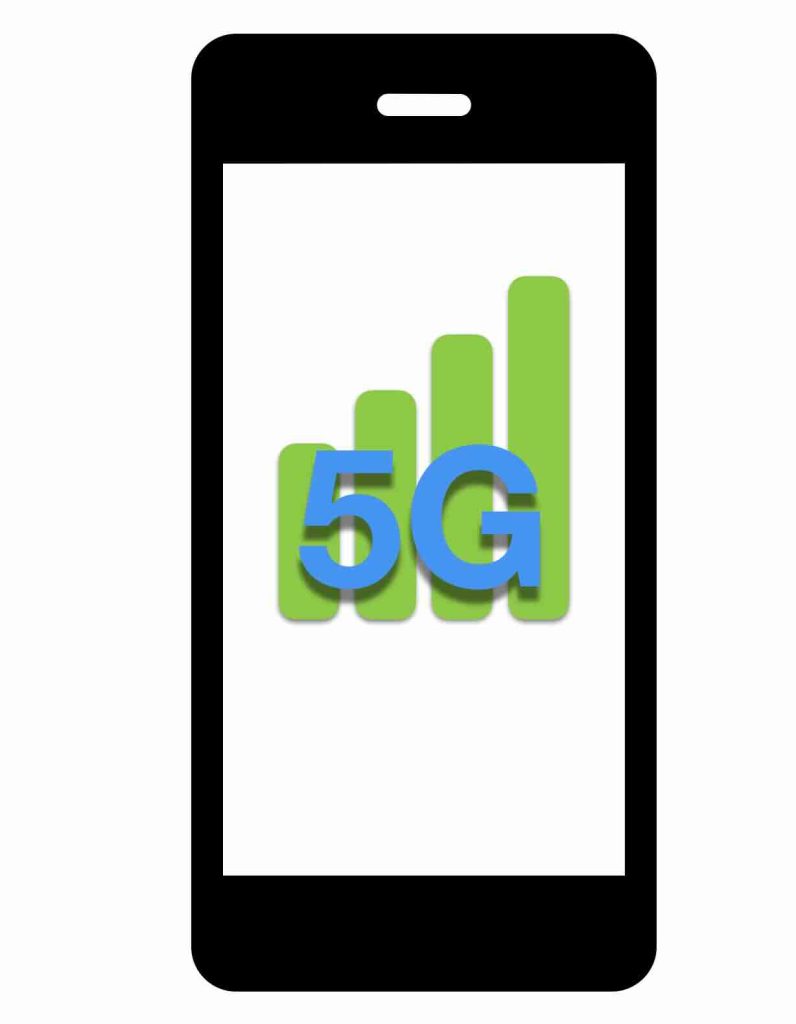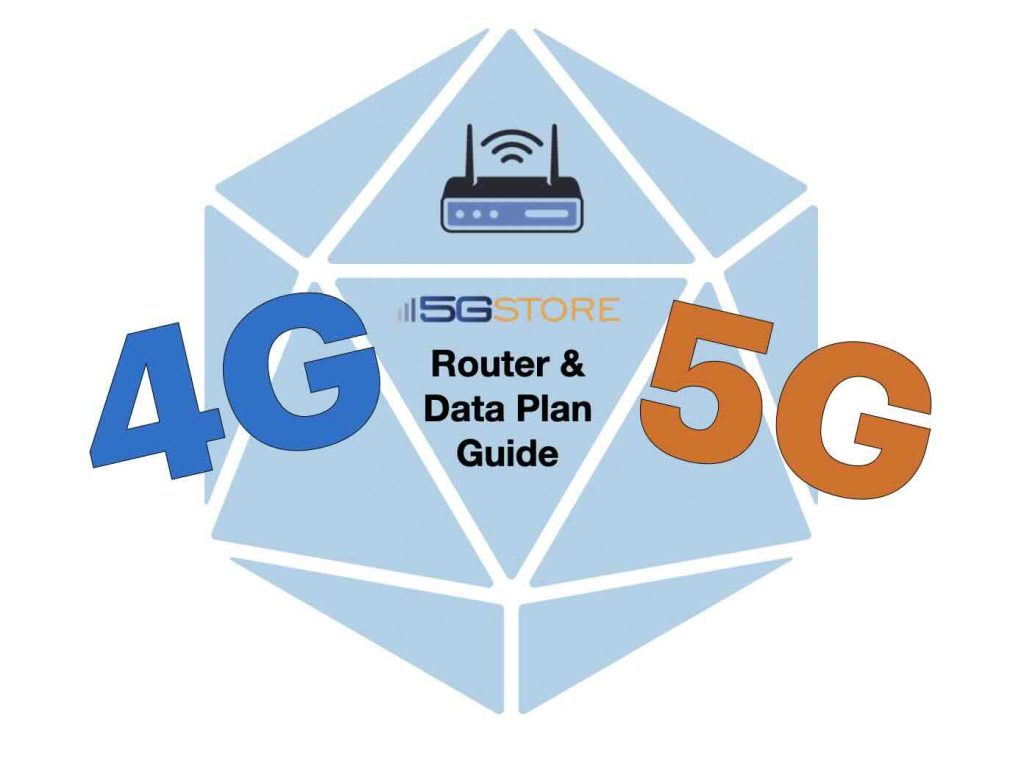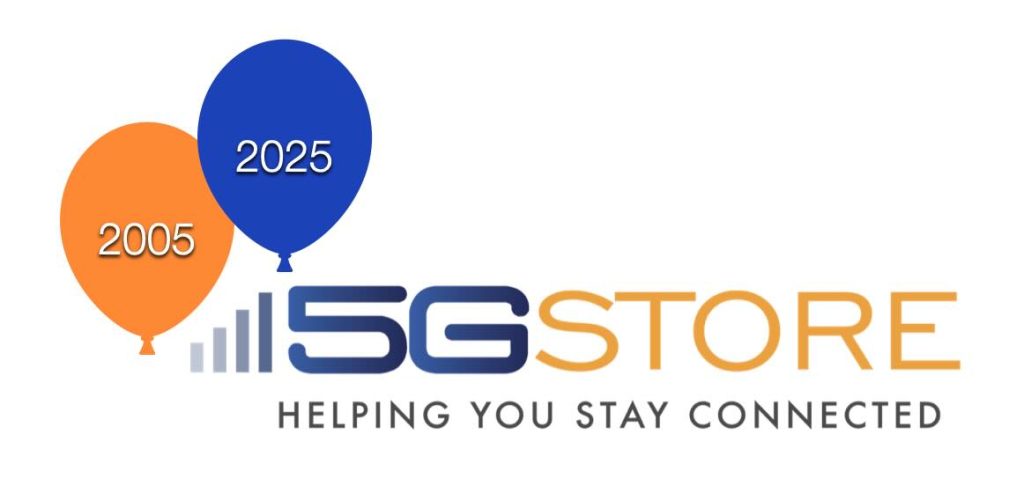For years, 4G LTE has powered our smartphones, tablets, and IoT devices with fast, reliable connectivity. But as 5G continues to roll out across the world, many are wondering: When will LTE shut down or when will 4G shutdown? In this blog post, we’ll look back at the 3G sunset, analyze the current state of 4G, […]
Tag: 4G
Teltonika RUT241
In today’s interconnected world, reliable and secure internet connectivity is paramount for both industrial and commercial applications. The Teltonika RUT241, an industrial-grade 4G LTE router, stands out as a versatile solution designed to meet these demands. Building upon the success of its predecessor, the RUT240, the RUT241 offers enhanced features and performance, making it a preferred choice […]
4G/5G Routers and Antennas: Will 2025 Tariffs Drive Up Prices?
UPDATED as of June 16, 2025 Due to recent changes caused by tariffs and unknowns, 5Gstore has decided to temporarily stop selling PCtel antennas and cables. We will continue to update customers as more information is gathered. Thank you for your understanding! After a chat with our friends at Mobile Mark, they have confirmed they […]
5G Signal Strength: What Do Signal Bars Really Mean?
5G has proven to be a reliable Internet service, offering faster internet speeds, lower latency, and a more reliable connection. However, as many users experience, 5G signal strength can vary greatly depending on the location, network conditions, and the device being used. If you’ve ever wondered what those signal bars on your phone really mean […]
Ookla’s Speedtest Report: Outstanding Mobile Connectivity Performance in the U.S. (2H 2024)
It’s finally here. The latest Speedtest Connectivity Report from Ookla. Once again, we get to see how our major cellular carriers stack up against each other. This particular mobile connectivity report provides an in-depth analysis of network performance across the United States for the second half of 2024. Based on millions of consumer-initiated tests, the […]
Ultimate Guide to 4G and 5G Data Plans and Routers for Seamless Connectivity
There’s no doubt that the demand for fast and reliable internet continues to rise. Many individuals and businesses are turning to 5G data plans and routers as a viable alternative to traditional wired and satellite services. Whether for primary internet access or failover solutions, 4G and 5G routers provide flexibility, mobility, and strong connectivity. In […]
The Journey of 5Gstore.com: Celebrating Two Decades of Innovation and Excellence
When we reflect on the journey of 5Gstore.com, it’s incredible to see how far we’ve come and how much we’ve grown. What began as a simple idea has transformed over the last 20 years into a leading name in the world of 3G, 4G, 5G, and IoT products and services. As we celebrate this milestone, […]
5Gstore 20 Top Products of 2024
The ranking of 5Gstore’s premier products is determined by a blend of their popularity, the quantity of customer reviews received, and the average rating bestowed by customers. Several perennial favorites from this year’s winners, such as the Peplink BR1 Mini and IP Switch, have consistently made appearances on our “Top Products” lists in previous years. […]
Prevent Data Usage Overage Charges with a Secondary Internet Service
Did you know that cable Internet service providers can limit your data usage or charge you for overages, similar to cellular providers? It’s true! Providers like Xfinity, for example, have plans that allow for up to 1.2 TB of data. When you get close to this limit, they will notify you with an email. This […]
Verizon Wins Over T-Mobile in RootMetrics Study
Two reports from mobile analytics company RootMetrics provide a comprehensive look at the performance of network carriers in the first half of 2024. These studies reveal some significant shifts in the 5G landscape, highlighting changes in speed, reliability, and availability rankings among the top carriers: Verizon, T-Mobile, and AT&T. Key Findings from RootMetrics’ 5G Testing […]









